San Domenico Lake
A peaceful green place
Tinted by the algae under its shimmering surface and reflecting the foliage around its shores, it’s a study in green. No wonder it’s also known as the emerald lake.
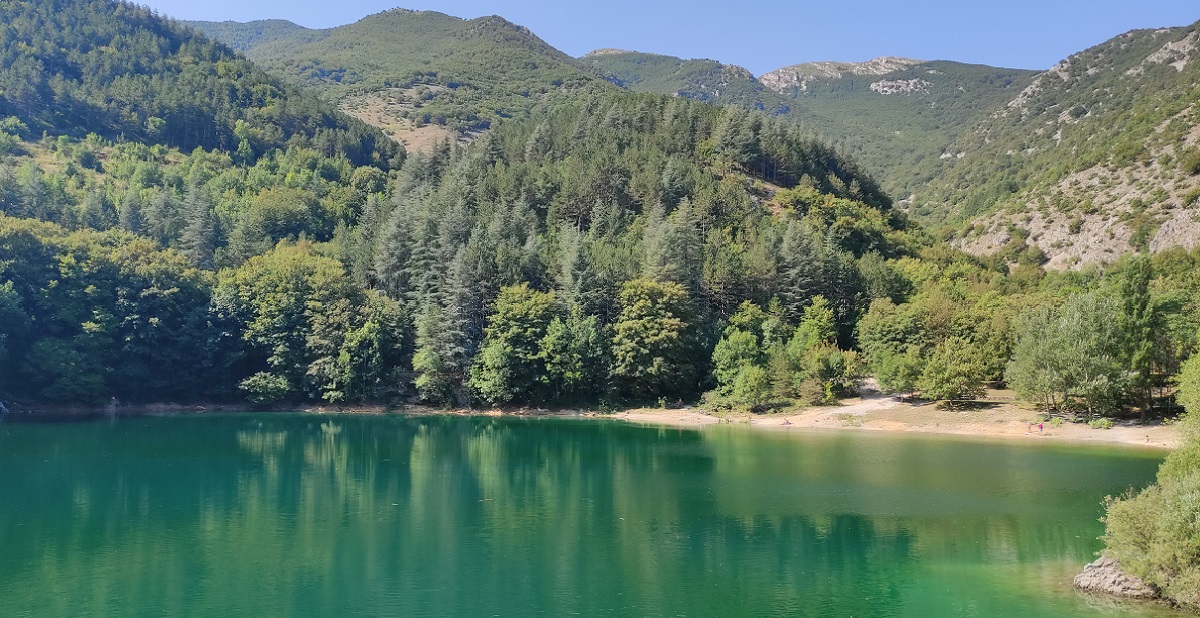
Officially, this lake is named after San Domenico, whom we’ve already met. He’s the Benedictine monk whose statue, draped in writhing snakes, is borne aloft in Cocullo every year in the May procession. The lake is named after him because he set up his hermitage here around the year 1000.
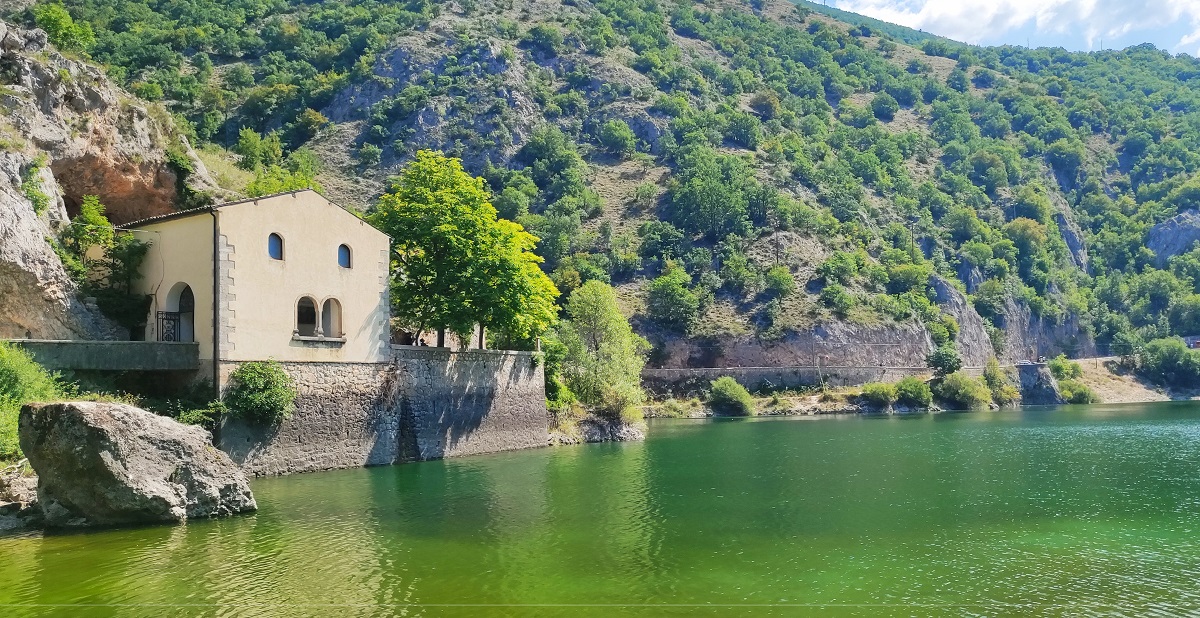
At that time there would have just been the Sagittario River flowing through the gorge. The artificial lake was formed in the early twentieth century when a dam was built to feed the hydroelectric plant at Anversa.
Miracles
Wherever he went, San Domenico looked out for the local population, often through supernatural intervention. In Cocullo, where he lived for seven years, he protected the villagers from poisonous snakes. He is also said to have tamed a wolf that had carried off an infant from its cradle while the baby’s parents were out chopping wood.
Once, pursued by brigands, San Domenico hid himself in a field where a farmer was sowing fava beans. The peasant protected the saint and when the danger had passed, was astonished to find the beans he had just sown were already ripe and ready for picking.
The Hermitage
Such stories are related on boards outside the hermitage. To get there we cross a pretty stone bridge that looks medieaval but was actually built in the early twentieth century, at the same time as the dam. As the waters rose, forming the lake, the old bridge was submerged. Now it lies beneath the later one, surfacing like a memory every now and then when the waters recede.

This, I think, is the perfect place for the solitary life. Whether it’s the colour green, or the stillness of the water, or the transcendent beauty, which for now I can only imagine, of the star-studded night sky, the sense of peace is profound. It is only when I see the actual grotto where the saint lived and prayed that I remember the downside.
To get there we enter the fifteenth century chapel and climb the stairs beside the altar. Back here, away from the sun, the rough-hewn, moisture-streaked walls of the grotto are a reminder of the hardships endured by hermits. Winters would be no fun.
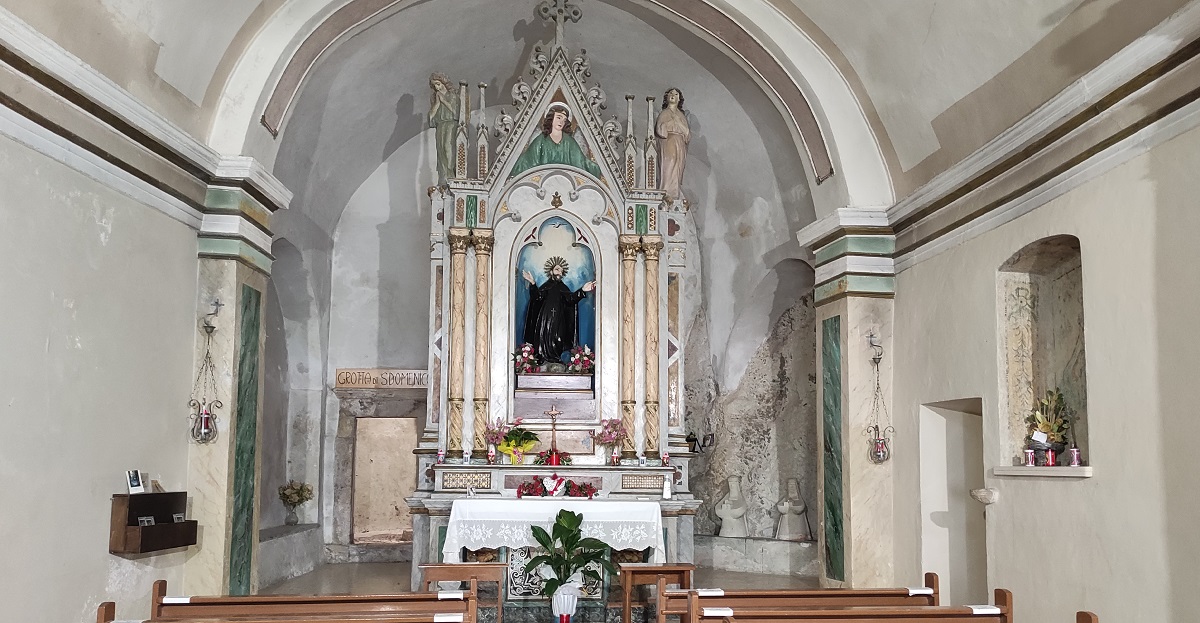
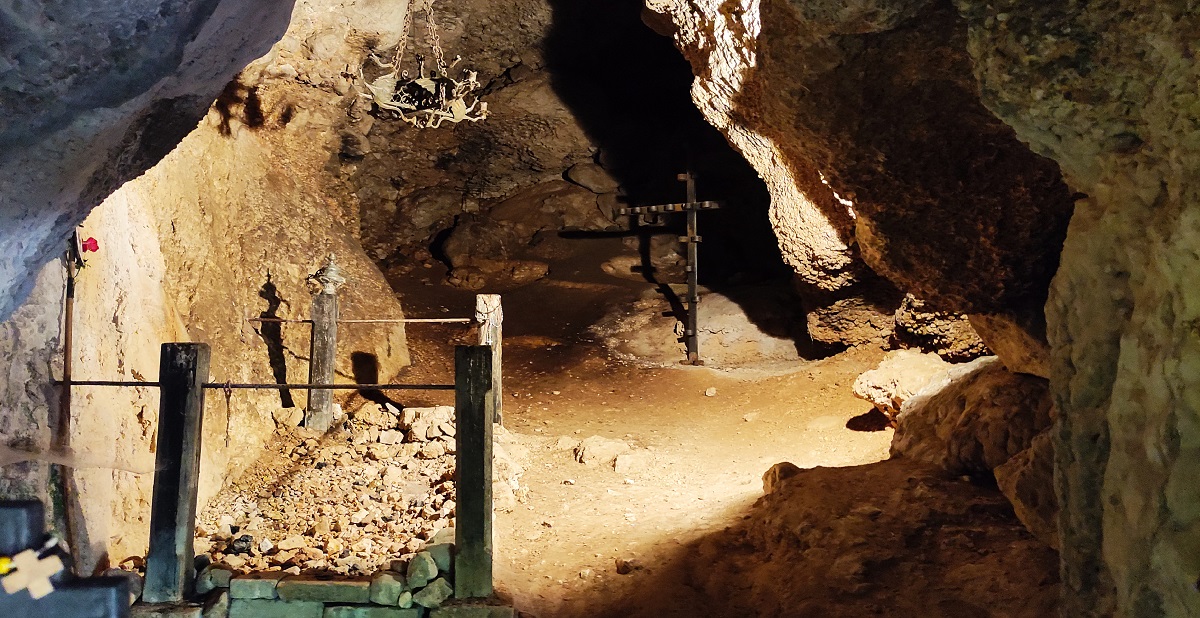
Picnic area
I am glad to get back into the open air. At one end of the lake there is a beach and a grassy bank, Prato Cardoso, with picnic tables shaded by pretty trees.
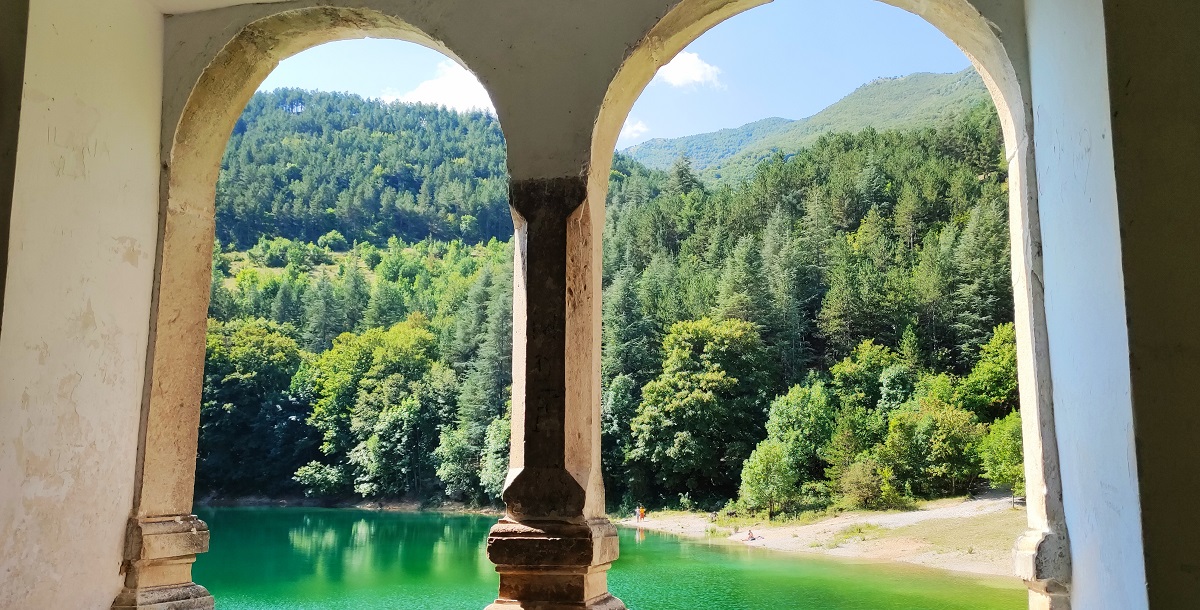
Fishing and swimming are prohibited here but even if we were tempted, a solitary and cross-looking goose is strutting up and down, guarding the water.

I head instead for the shack serving coffee and snacks, stopping on the way to read a poster instructing me what to do if I should meet a bear.
Around the lake
The only large mammals we meet on our stroll around the lake are a few other tourists. The path is shaded by beech trees and water oak, and as we amble along we’re accompanied by the gurgling of small waterfalls. There are strategically placed lookouts for taking photos, which everyone does.

We climb above the last platform. From here other paths branch off, including one to the main town of Villalago, perched on a hill above the lake. We blink into the harsh sunlight at the rough terrain and parched vegetation and decide we can save that particular trek for another day.
Back through the trees we go, back to the cool, peaceful oasis of the emerald lake.
All you need to know
To get to the lake, exit the A25 Rome-Pescara motorway at Cocullo, take the SP60 and then the SP479. Park on the road and walk across the stone bridge to the hermitage. Beware of passing traffic when parking and crossing the road. There are picnic tables on the lake shores and there are also tables and chairs outside the chioschetto, the snack bar, where you can buy drinks, sandwiches, and arrosticini.


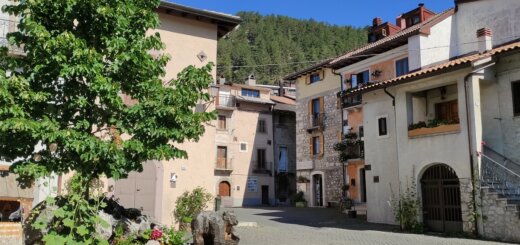
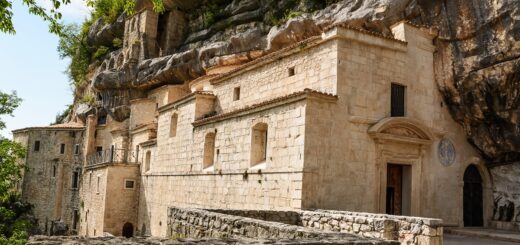
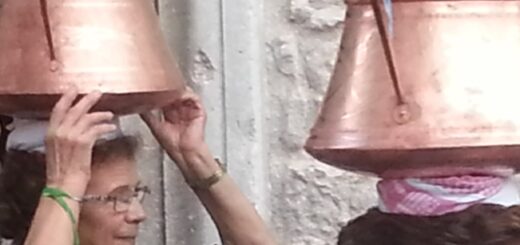

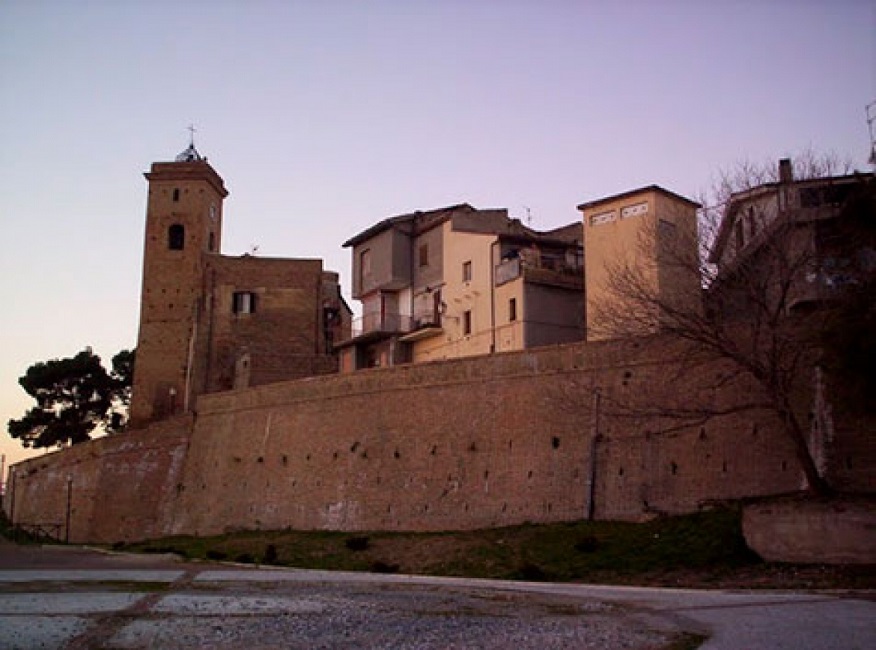
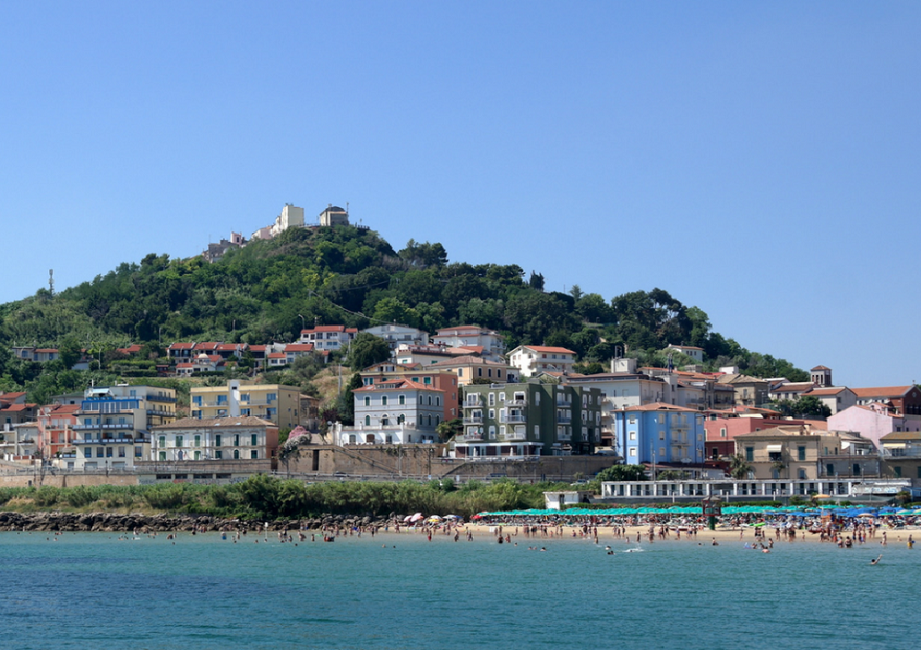
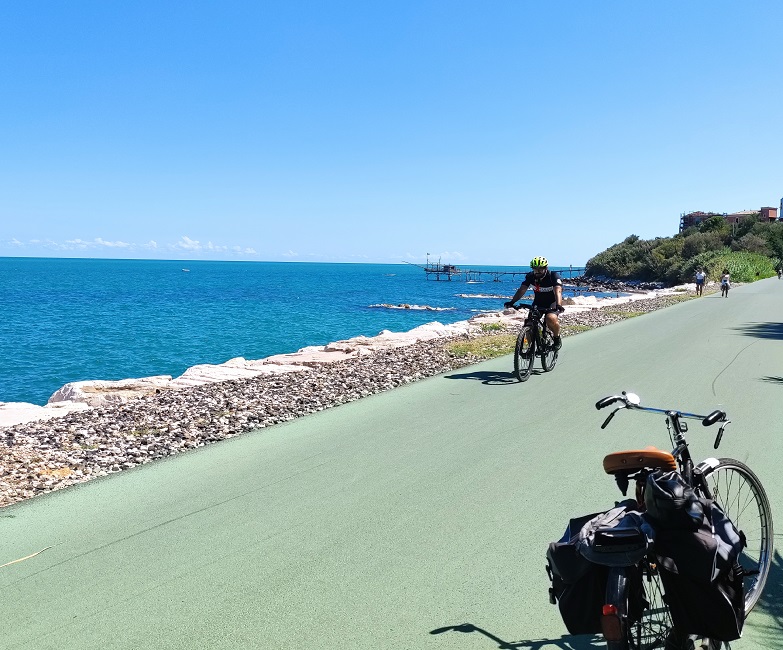
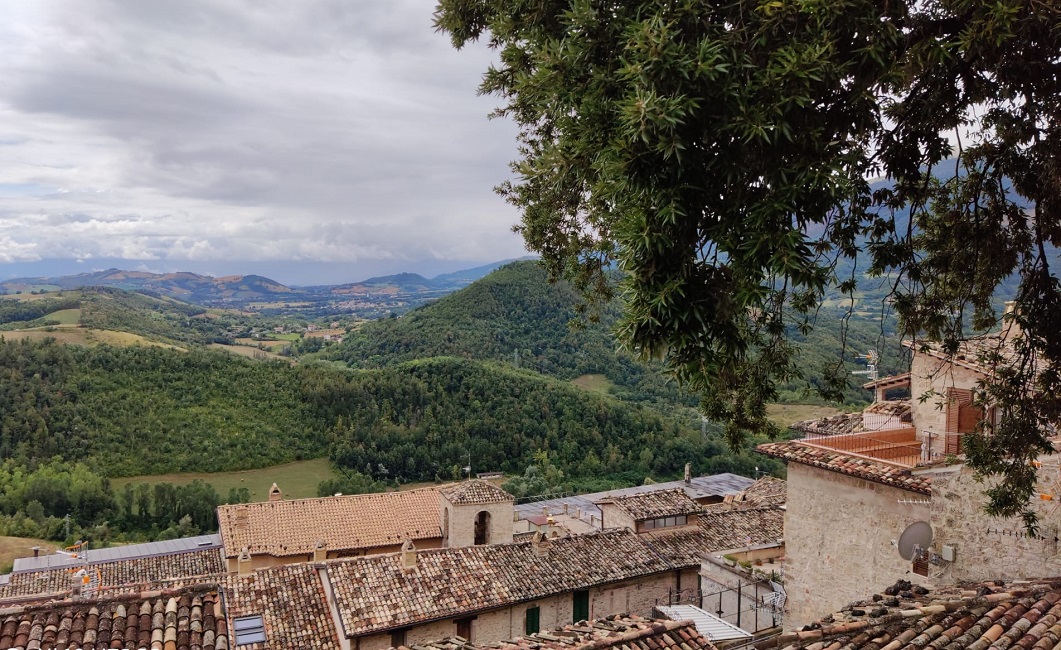
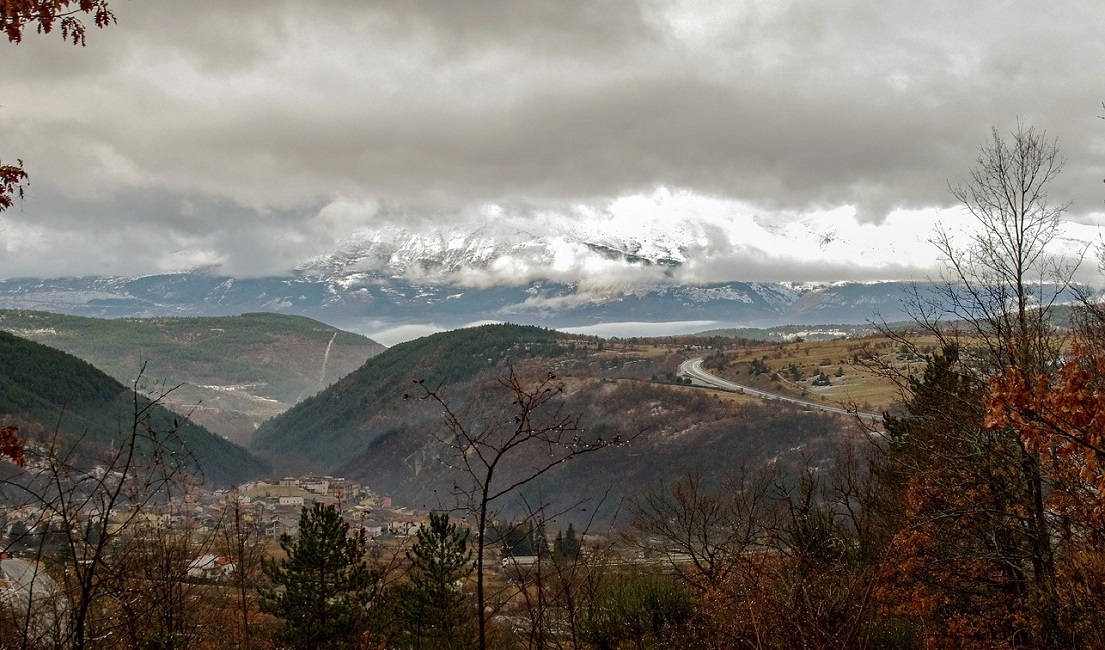
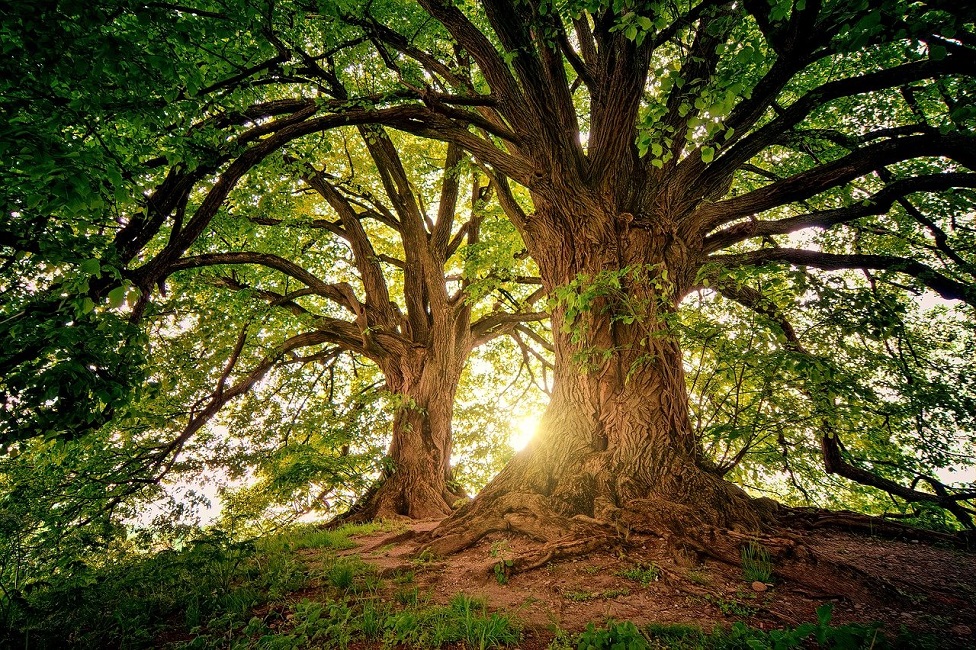
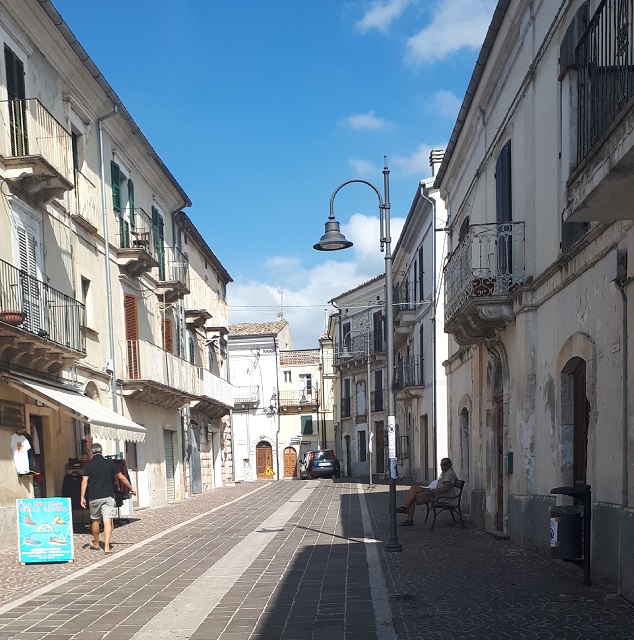
3 Responses
[…] San Domenico Lake […]
[…] San Domenico Lake […]
[…] San Domenico Lake […]